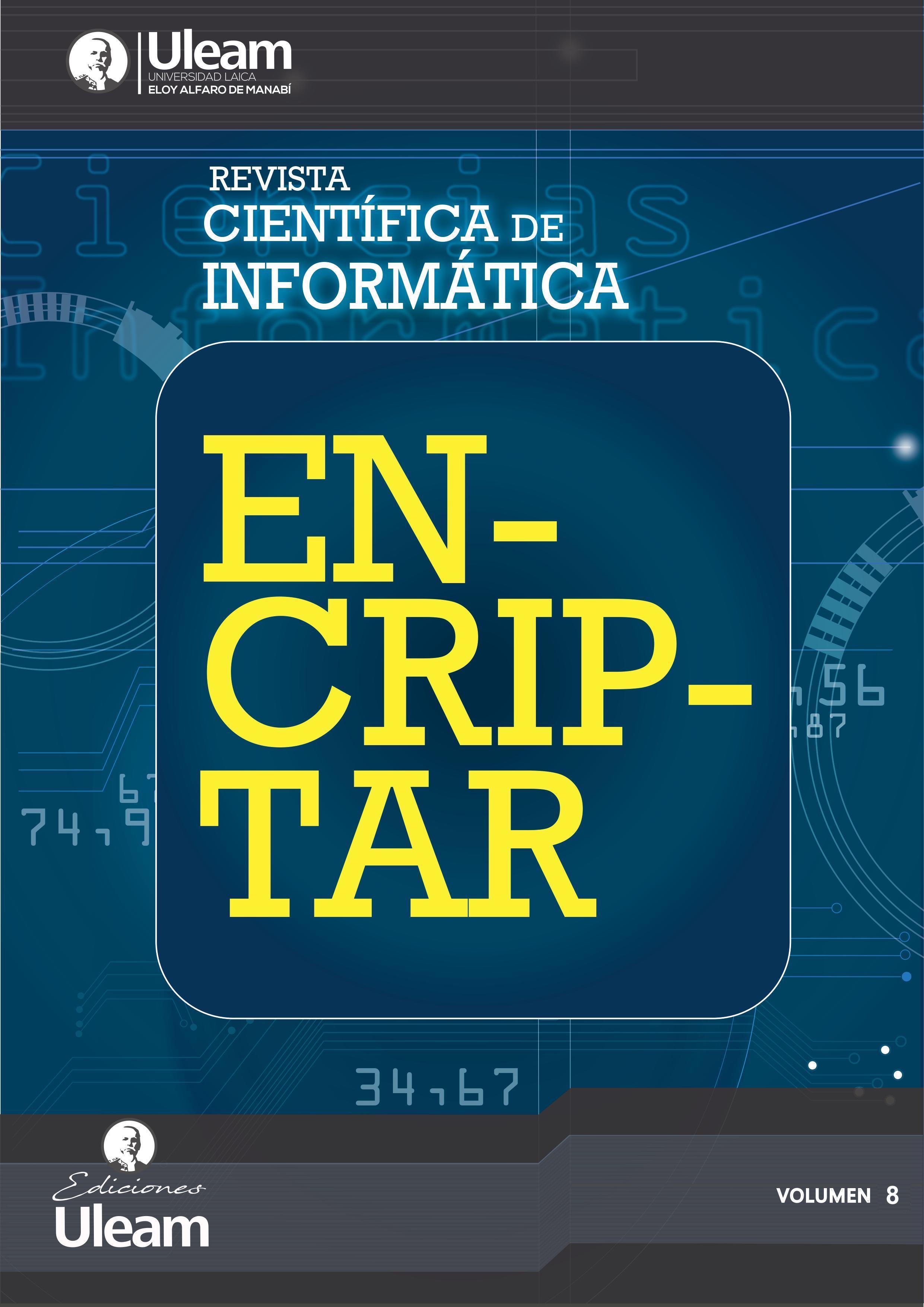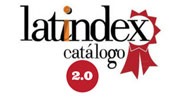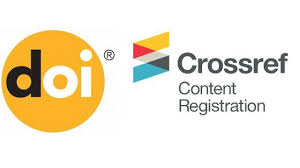Methodology for Evaluating Mobile Learning Applications for People with Visual Impairments
DOI:
https://doi.org/10.56124/encriptar.v8i16.012Keywords:
Disability applications, software evaluation, mobile applicationsAbstract
The number of people with some form of disability has been increasing, becoming a complex issue and a major concern for society and governments. One of the main problems is the lack of knowledge about statistics on vulnerable people, which means that the community is unaware of this reality and, worse still, that there is no methodology for evaluating targeted applications that could be used by educators. The objective of this research, apart from showing statistics on people with disabilities, is to present IPDE (Identification, Planning, Design, and Evaluation) as a methodology for evaluating computer applications to meet the learning needs of people with visual impairments. IPDE is based on international standards for evaluating accessibility and usability criteria. To validate this methodology, a real exercise was carried out to select freely accessible Android applications available on the Internet, resulting in a practical and effective tool. In accordance with the IPDE format, this methodology can be used to evaluate software-based technological tools.
Downloads
References
Acosta, M., Betún, A., Delgado, J., & Iñiguez, M. (2020). Las TIC como oportunidad para fortalecer el PEA en los estudiantes con discapacidad visual. In Revista Tecnológica-Educativa Docentes 2.0 (Vol. 9, Issue 1). https://doi.org/10.37843/rted.v9i1.97
Aimacaña, J., Espinosa, T., Pérez, D., & Viteri, C. (2018). Modelo Nacional De Gestión Y Atención Para Estudiantes Con Necesidades Educativas Especiales Asociadas a La Discapacidad De Las Instituciones De Educación Especializadas. Ministerio de Educación, 1, 132.
Aquino Zúñiga, S. P., Izquierdo Sandoval, J., García Martínez, V., & Valdés Cuervo, Á. A. (2016). Percepción de estudiantes con discapacidad visual sobre sus competencias digitales en una universidad pública del sureste de México. 8, 1–11.
Ayensa, I. B., Almenara, C., Moreno, T. M., & Sanmillán, P. (2018). Herramientas tecnológicas para la Educación inclusiva. 9, 83–112.
Basantes, A. V, Guerra, F. E., Naranjo, M. E., & Ibadango, D. K. (2018). Los Lectores de Pantalla: Herramientas Tecnológicas para la Inclusión Educativa de Personas no Videntes. Información Tecnológica, 29(5), 81–90. https://doi.org/10.4067/S0718-07642018000500081
Dominguez, J., Guarda, T., Torres, W., & Bustos, S. (2018). Herramientas Tecnológicas Contribuyendo a la Inclusión de Personas con Necesidades Especiales. 302–310.
Ferreyra, Méndez, & Rodrigo, J. (2009). El uso de las TIC en la Educación Especial: descripción de un sistema informático para niños discapacitados visuales en etapa preescolar. Te & Et, no. 3.
Ibarra, M. P., Otero, N. M. P., Tarifa, H., Luisa, M., Quispe, G., & Mejías, M. (2014). Entornos Virtuales de Aprendizaje Para Personas con Discapacidad Visual.
Martínez, L. (2011). Apropiación tecnológica en personas con discapacidad visual.
Serrano Marugán, I., Palomares Ruiz, A., & Garrote Rojas, D. (2013). Propuestas Innovadoras Para Favorecer el Uso de las Tic y Propiciar la Inclusión Educativa del Alumnado con Discapacidad Visual. 61–74.
Viscaíno Cevallos, P. S., Romero García, V. H., Sandoval Vizuete, P. N., & Sandoval Vizuete, estuardo V. (2018). Utilización de Software en la Enseñanza del Idioma Inglés Básico a Personas con Discapacidad Visual. IX, 13–20.
Published
How to Cite
Issue
Section
License
Copyright (c) 2025 Scientific Journal of Informatics ENCRYPT - ISSN: 2737-6389.

This work is licensed under a Creative Commons Attribution-NonCommercial-ShareAlike 4.0 International License.















